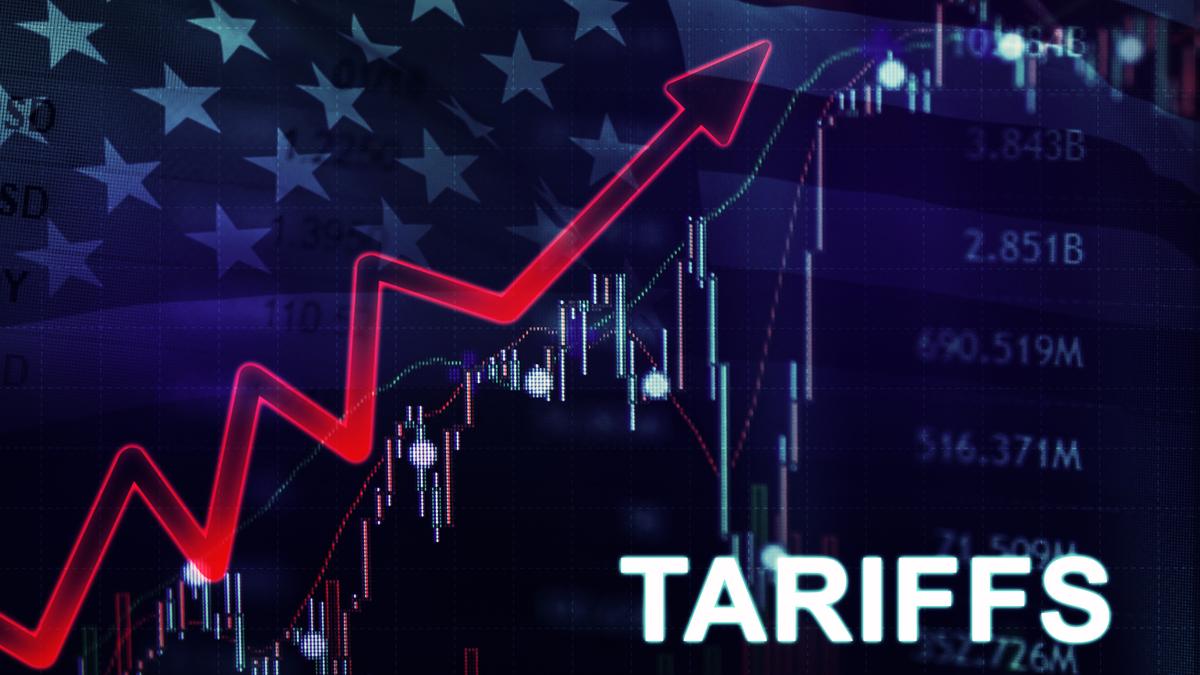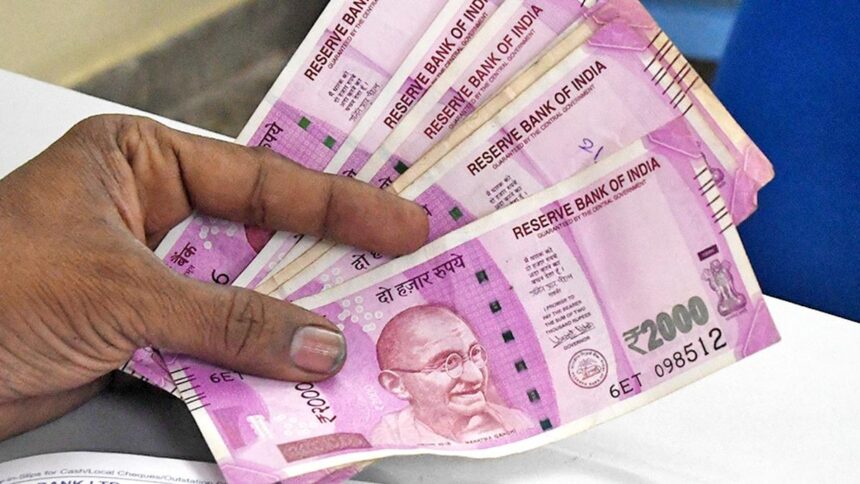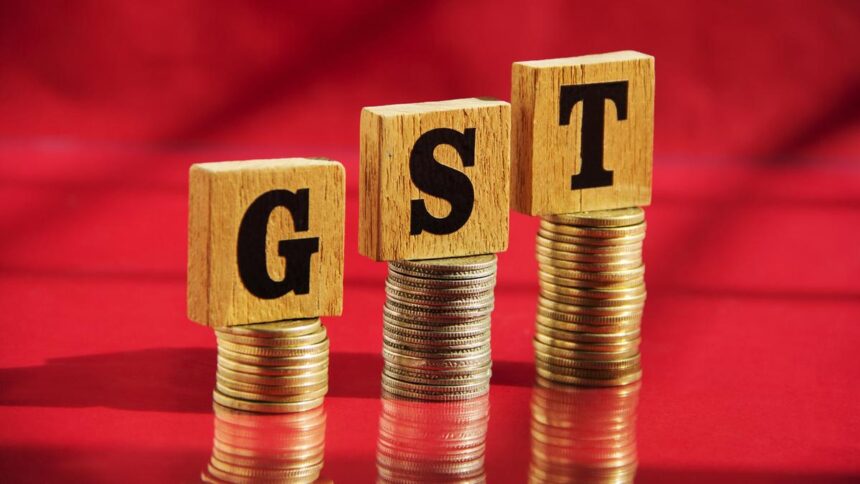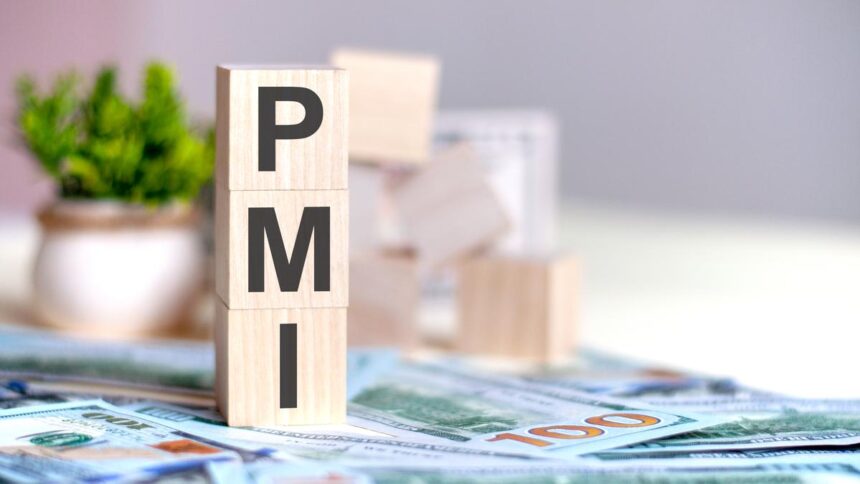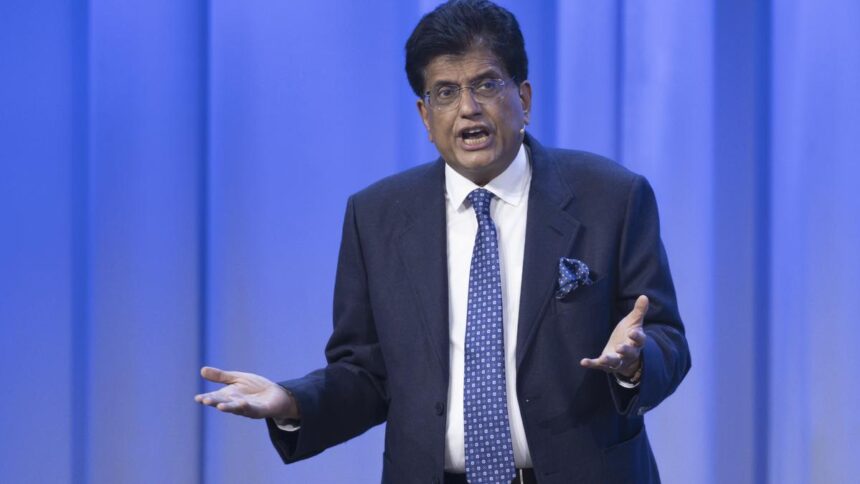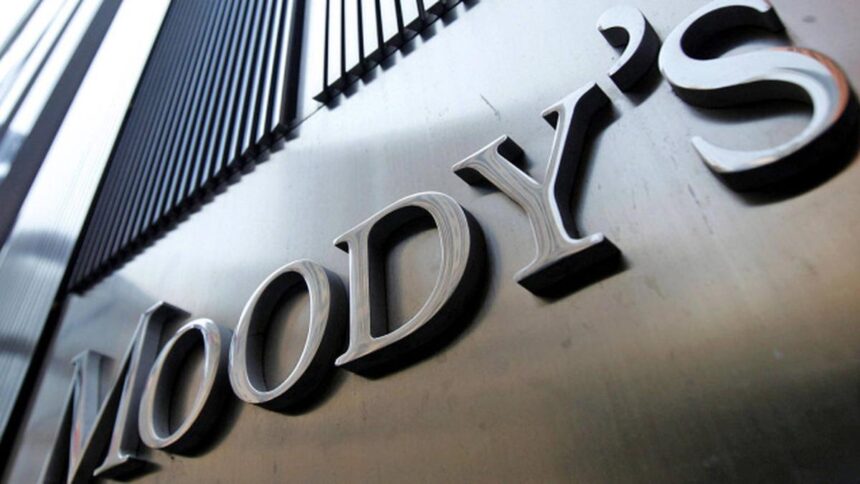The United States imposed 25% reciprocal tariffs on India’s exports with effect from August 7. On August 6, the U.S. imposed a penal levy of an additional 25% on India’s exports because India continued to import oil from Russia and this comes into effect on August 29, 2025. The two taken together can weaken India’s exports to the U.S. We first examine the impact of the 25% tariff and, later, the impact of the penal rates.
India runs a merchandise trade surplus with the U.S. — for 2024-25, it stood at $41.18 billion — which is increasing over time. To narrow this trade surplus, the U.S. appears to focus both on India’s exports and imports. While a 25% reciprocal tariff could hamper India’s exports, the penalty could work on exports as well as serve as a non-tariff barrier on crude imports from Russia, thus, pushing India to import crude from the U.S. or elsewhere at a higher cost. While the U.S.’s measures could reduce the trade gap between the two countries, it is important to understand its implications on India’s growth and external account. Such unilateral actions are contrary to the principles of free and fair trade.
Impact of reciprocal tariffs
The immediate impact of reciprocal tariffs would be on the trade balance. Assuming that there is no impact on imports from the U.S. (except for a limited diversification of oil imports from Russia to the U.S.), tariffs could adversely impact India’s exports to the U.S. But to what extent? Assuming that the import elasticity with respect to tariffs as (-)1, which is on a higher side, India’s exports to the U.S. can go down by 25% — this is a sharp decline. However, its impact on trade balance depends on how much the share of India’s exports to the U.S. is in total exports. As the data for 2025-26 is not available, the implications of this expected drop in U.S. exports is worked out for 2024-25, ex post.
Even in the extreme case, where elasticity is assumed to be (-)1, the overall trade deficit widens by about 0.56 % of GDP to 7.84%. Consequently, real GDP growth drops by about 0.6% to 5.9% from 6.5%. What is of more concern is its impact on the Current Account Deficit (CAD). Due to the U.S.’s reciprocal tariffs, the CAD is estimated to increase from 0.6% to 1.15%. While these estimates are for 2024-25, the extent of the impact in 2025-26 would not be very different from these estimates for 2024-25, had the tariffs been effective from the beginning of the year. However, in the current year (2025-26) four months are behind us, the decline in GDP growth rate may be 0.4%, and correspondingly the CAD may also be reduced.
Some caveats
These estimates are, however, subject to some caveats. India recently signed a comprehensive economic and trade agreement with the United Kingdom, while negotiations are underway with the European Union and other major countries and their impact on external account is not assessed. These may have a favourable effect on the CAD.
We are also not considering the effects of tariff increases imposed on other countries that are competitors for Indian exports, and this can moderate the impact on India’s exports. Further, we are not taking into consideration any likely changes in the exchange rate due to the recent U.S. trade measures and its impact on trade balance. Indeed, the rupee-U.S. dollar depreciated sharply and was hovering over ₹87.5 since reciprocal tariffs were imposed. The new trade agreements as well as rupee depreciation could help narrow the CAD a bit and also limit the impact of the U.S. tariffs on India’s GDP growth to some extent.
Trump tariffs: Which sectors bear the brunt?
But for 2025-26, and for the coming years, GDP growth, even after considering these two factors, could still be lower by about 0.5% than the base case growth forecast of 6.5%; the CAD could also widen by a similar extent. Further, following the penalty threat, any larger shift away from Russia on crude imports and towards the U.S. might have further implications on the CAD as well as the exchange rate and domestic inflation. Added to this, an increase in world oil prices and the uncertainty surrounding the world economy could exert more pressure on the CAD and its financing. It can also have an effect on inflation.
How can India mitigate the downside risks of Donald Trump’s tariffs? One option is that India still has the space to negotiate with the U.S. as the trade deal has not yet been finalised while not yielding on contentious issues such as agriculture and allied sectors and micro, small and medium enterprises.
The other way is, as many have suggested, to diversify the export market. But this would be difficult in the short term. One possible way is to look at our own tariffs that we impose on our imports. Our empirical results do suggest that India’s exports are negatively affected by import tariffs. The estimated elasticity with respect to import tariffs is more than (negative) one. With the increasing import content of our exports over time, the negative impact of tariffs on exports growth has only increased. The government may look at the existing tariff rates and may reduce those that have an adverse effect on exports.
Impact of penal levy
The impact of the penal levy, which is another 25%, will have the same effect as reciprocal tariffs. However, there are some commodities that are exempt from this levy. Here the impact will be somewhat lower. Taken together, the total impact on India’s growth rate can be quite severe, a reduction of over 0.6 percentage points from the base growth rate of 6.5% in the current year. To avoid the penal levy, India has to bring to the attention of the world at large the inequity of the decision. It is highly discriminatory. There are many other countries which import from Russia far more than what India does. The interval of three weeks that is available now for negotiation must be effectively utilised.
Reciprocal tariffs with penal levy are a clear case of using tariffs to compel nations to follow a specific policy. India needs to work with other nations to get back to a different system of world trade. While the immediate impact of the tariffs on the growth rate of India may be managed, the continuation of this kind of trade regime will not be in the interests of all countries including the U.S. and India.
C. Rangarajan is Chairman, Madras School of Economics, Chennai. N.R. Bhanumurthy is Director, Madras School of Economics, Chennai
Published – August 09, 2025 12:16 am IST








